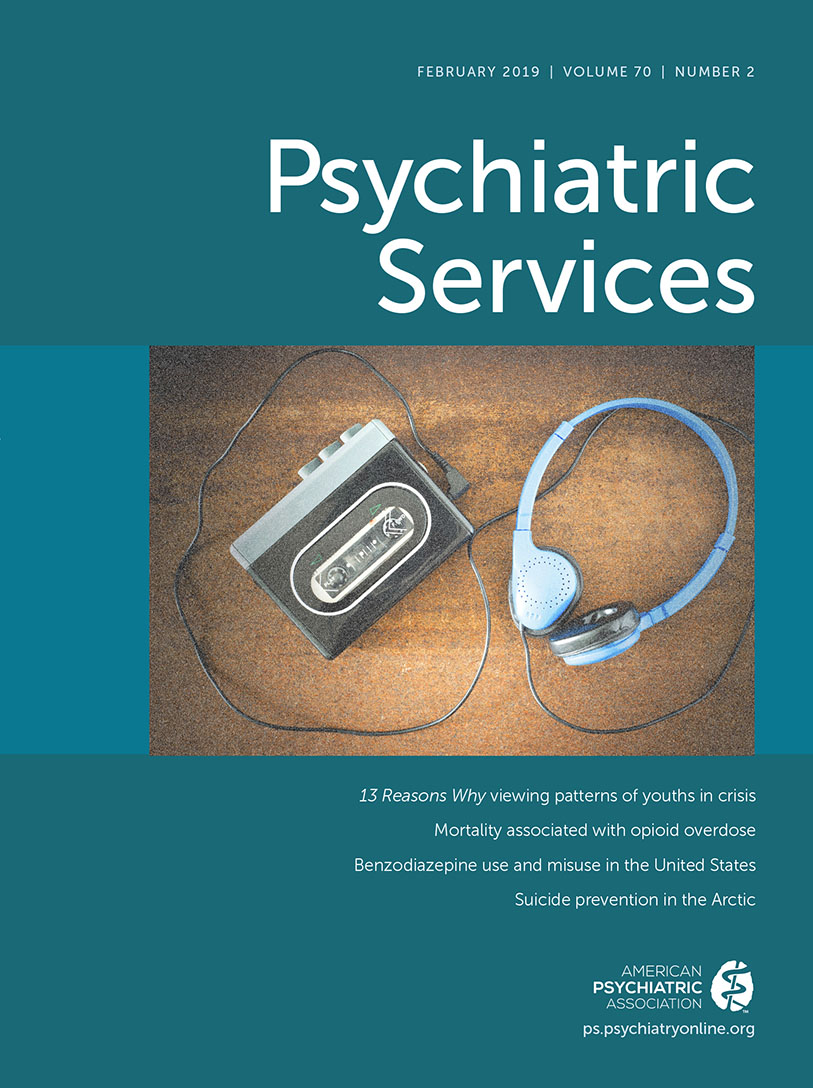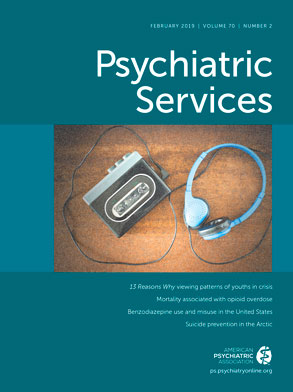Opioid use disorder has been a longstanding public health problem in the United States but is now a crisis. A confluence of loose prescribing practices, innovative illicit marketing of heroin, and the recent arrival of fentanyl and potent synthetic analogs has led to unprecedented morbidity and mortality. Opioids are uniquely dangerous because they suppress respiration and can quickly cause death at doses not far above those commonly used to treat pain or “to get high.” The treatment system is struggling to cope—to identify who is at risk, how to intervene, and how to better integrate addiction treatment into general health care settings.
The article in this issue by Rose and colleagues is important for understanding potential interventions for people at risk of overdose. Their retrospective study identified a cohort of 112 people in Worcester, Massachusetts, who died of opioid overdoses in 2008–2012 (according to public mortality records) and had been treated at a major regional health system in the year before death. Data manually abstracted from electronic medical records indicated risk factors for mortality. The study found that about half of the decedents had a documented diagnosis of opioid use disorder or aberrant opioid use in their last year, as indicated by co-occurring substance use disorders, prescriptions for high morphine equivalents of opioids, benzodiazepine prescriptions, or past overdoses. Thus, many of the decedents were identifiable within the health care system yet continued to receive opioids and had little documentation of referral to specialty addiction treatment.
Of critical importance, about half of the deceased individuals did not have documented evidence of problematic opioid use (neither diagnosis nor misuse) or other obvious risk factors despite regular contact with the health care system. This group demonstrated what might be viewed as softer risk factors—opioid prescriptions (37%), albeit at lower morphine equivalents; benzodiazepine use (39%); chronic pain (54%); mental illness (mainly depression or anxiety) (24%); and comorbid substance use disorders, with tobacco being the most prevalent other substance (41%). Recent guidelines issued by the Centers for Disease Control and Prevention for opioid prescribers discourage use of opioids for treatment of chronic pain and illustrate an implicit concern—namely, that some patients are going to get into trouble. But knowing in advance who is at risk of the disorder is difficult. The data also reflect that current practices for identifying people at risk of opioid use disorder are inadequate, suggesting the need for universal screening and more thorough documentation. An analogous example might be screening in primary care for cigarette smoking, which is now standard care and a critical quality indicator.
Rose et al.’s findings also confirm the importance of using a comprehensive framework to track progress across critical treatment stages. Modeled after the HIV Cascade of Care, the opioid treatment cascade tracks patients with the disorder, their engagement in care, medication initiation, retention in care, and remission (see
https://www.healthaffairs.org/do/10.1377/hblog20170313.059163/full). The goal is to identify critical transition points when patients struggle, provide appropriate intervention, and retain them in treatment. Rose et al.’s study clearly highlights the challenge of early cascade targets (i.e., identification and engagement) and reflects that many patients, even with diagnosed opioid use disorder, are not referred for appropriate treatment. Medications (methadone, buprenorphine, or injection naltrexone) are highly effective at reducing opioid use and overdose. Yet only a small proportion (about 20%) of the approximately 2.5 million individuals in the United States with the disorder ever enter treatment, and only a fraction of those remain or achieve sustained abstinence. Several barriers prevent patients from accessing medications for opioid use disorder, including stigma, erroneous beliefs that medications are not optimal treatment, limited availability of and access to evidence-based treatment services, and difficulties adhering to treatment.
The challenges posed by the opioid epidemic are complex but need to be addressed at each stage of the treatment cascade to bend the attrition curve and achieve a coordinated national response to the crisis. Studies building on the study in this issue are needed to identify leverage points throughout the health care system where providers might better intervene. Replication of this study with later cohorts would provide information toward health care improvements as well as indicate trends as the opioid epidemic continues to unfold.

